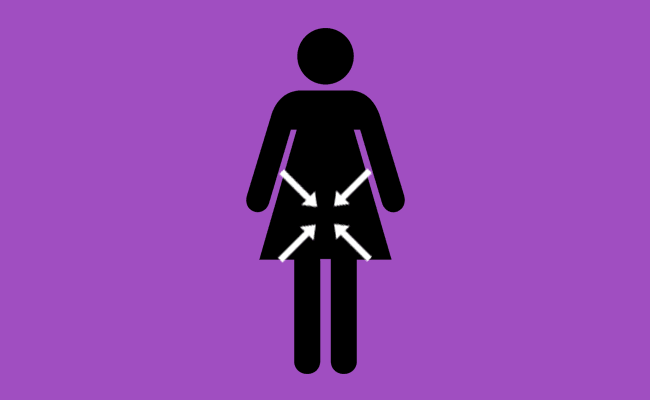“Ovarian cancer is the most feared gynecologic cancer,” says Teresa Diaz-Montes, MD, associate director of the Lya Segall Ovarian Cancer Institute at Mercy Medical Center in Baltimore, MD. Perhaps that’s for good reason: Often called the “silent killer,” the disease has symptoms that can be vague and there’s no reliable screening test, which is why the fatality rate is so high. “The majority of women diagnosed with ovarian cancer present with advanced-stage disease,” says Diaz-Montes. “For these women, survival is less than 30% at 5 years.”
But the news isn’t all bad. When caught early—as about 20% of cases are—ovarian cancer is highly treatable, and the 5-year survival rate is 94%. Here’s what you need to know about reducing your risk and spotting the warning signs quickly if they should strike.
1. If you have symptoms, tell your doctor.
It’s true that the signs can be easily confused with those of other medical conditions, but it’s worth speaking up just in case. The most common ones are bloating, pelvic or abdominal pain, trouble eating or feeling full quickly, and incontinence (always feeling like you have to go or having trouble making it to the bathroom in time). Some women also report fatigue, constipation, pain during sex, or abdominal swelling even though they’re losing weight. (Stay on top of your health by signing up to get daily healthy living tips delivered straight to your inbox.)
2. It rarely happens to women under 40.
About 1 in 75 women will get ovarian cancer in her lifetime, but young women are rarely affected. The risk escalates starting at age 63, according to the American Cancer Society.
3. Maintaining a healthy weight helps.
Overweight women (with a BMI of 30 or higher) are more likely to develop ovarian cancer than their thinner peers are. Consider it just another reason to watch what you eat and stick with an exercise plan.
4. Family history ups your risk.
And not just a history of ovarian cancer. If a close family member had ovarian, breast, or colorectal cancer, make sure your ob-gyn knows about it.
5. Having kids before age 26 might protect you.
Also, having more kids works in your favor. Why? “Any interruption in ovulation lowers your risk of ovarian cancer,” says Robin Cohen, an oncology nurse and the co-founder and CEO of the Sandy Rollman Ovarian Cancer Foundation.
6. Hormonal birth control helps, too.
It might seem to contradict the above point about child-rearing, but here’s why it makes sense: When you use the Pill or Depo-Provera, you’re not ovulating (same as if you were pregnant). If you’re not pregnant and don’t use hormonal birth control, “every month, your body undergoes a major upheaval and many cells must be replicated in order to release an egg,” says Nicole E. Williams, MD, of The Gynecology Institute of Chicago. “The more replication, the greater the risk that mistakes in DNA can occur, which can lead to cancer.”
7. Done with babies? Permanent birth control is protective.
Having your tubes tied (tubal ligation) can reduce the risk of ovarian cancer by two-thirds, and a hysterectomy (removing the uterus without removing the ovaries) reduces the risk by one-third. “After a tubal ligation, the blood flow that goes from the uterus to the ovaries is reduced, and the amount of hormones reaching the ovaries—and potentially inducing cancer—are reduced,” notes Cohen.
8. Having regular gynecologic exams is key.
There are mammograms to catch breast cancer and colonoscopies to detect colon cancer, but there isn’t any comparable screening test for ovarian cancer. You might have heard that a blood test can check for the CA-125 tumor marker, but there are many problems with this test, so it’s not recommended for women at average risk of ovarian cancer. (Your doctor might order it if your risk is higher than average or if she suspects you have the disease.) Other tests used to make a diagnosis include a computed tomography (CT) scan of the abdomen and pelvis, pelvic and transvaginal sonography, and pelvic and magnetic resonance imaging (MRI), says Diaz-Montes.
Read this entire article on Prevention.com by clicking here.


